Search
Search Results
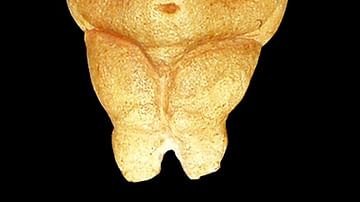
Definition
Venus Figurine
The term Venus figurine is used to describe the more than 200 small statuettes of voluptuous female figures that have been found at Upper Paleolithic sites across Europe and some parts of Asia. “When paleoanthropologists refer to figurines...
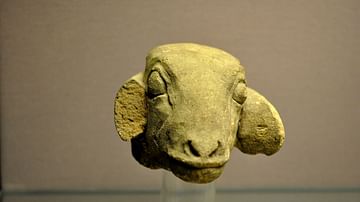
Image
Head of Ewe Figurine
Sheep played an important role in the ancient Sumerian economy. Images and figurines of sheep were especially common during the late prehistoric era in Uruk. This piece was probably decorating a shrine or a temple. From the late Uruk period...
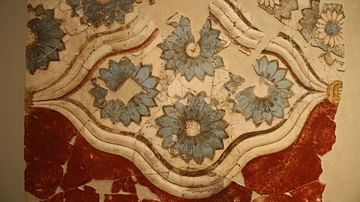
Article
Akrotiri Frescoes
The Bronze Age frescoes from Akrotiri on the Aegean island of Thera (modern-day Santorini) provide some of the most famous images from the ancient Greek world. Sometime between 1650 and 1550 BCE Thera suffered a devastating earthquake which...
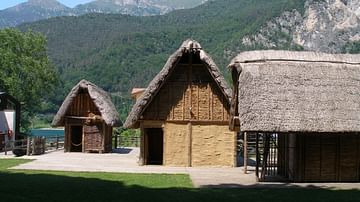
Image
Prehistoric Stilt Houses, Lake Ledro
Prehistoric stilt houses on the bank of the Lake Ledro, Italy.

Definition
Roman Art
The Romans controlled such a vast empire for so long a period that a summary of the art produced in that time can only be a brief and selective one. Perhaps, though, the greatest points of distinction for Roman art are its very diversity...
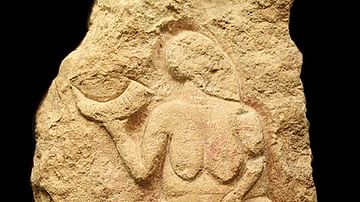
Image
The Venus of Laussel
The Venus of Laussel, carved between 20,000 and 18,000 years ago, is a rare example of a pre-historic bas-relief. Her faceless, voluptuous figure is characteristic of the Venus figurines produced throughout Ice Age Europe. Many scholars believe...
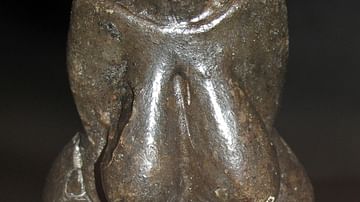
Image
Black Venus of Dolni Vestonice
One of the oldest known examples of ceramic in the world, the Black Venus was found at the pre-historic site of Dolni Vestonice in Moravia, Czech Republic in 1925 CE. The figure is thought to have been sculpted between 29,000 and 25,000 years...
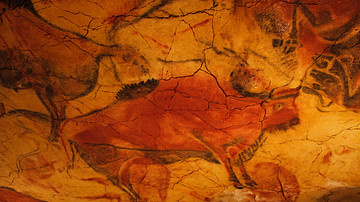
Article
The Meaning of European Upper Paleolithic Rock Art
Rock art (also known as parietal art) is an umbrella term which refers to several types of creations including finger markings left on soft surfaces, bas-relief sculptures, engraved figures and symbols, and paintings onto a rock surface...

Article
Prehistoric Alpine Stilt Houses
Alpine stilt houses are a unique and fascinating aspect of prehistoric architecture in the Alps, which provide valuable insights into the lives and culture of the ancient communities. The houses were built by prehistoric communities living...
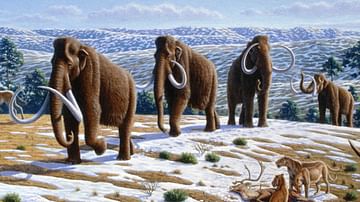
Article
Prehistoric Hunter-Gatherer Societies
Hunter-gatherer societies are – true to their astoundingly descriptive name – cultures in which human beings obtain their food by hunting, fishing, scavenging, and gathering wild plants and other edibles. Although there are still...